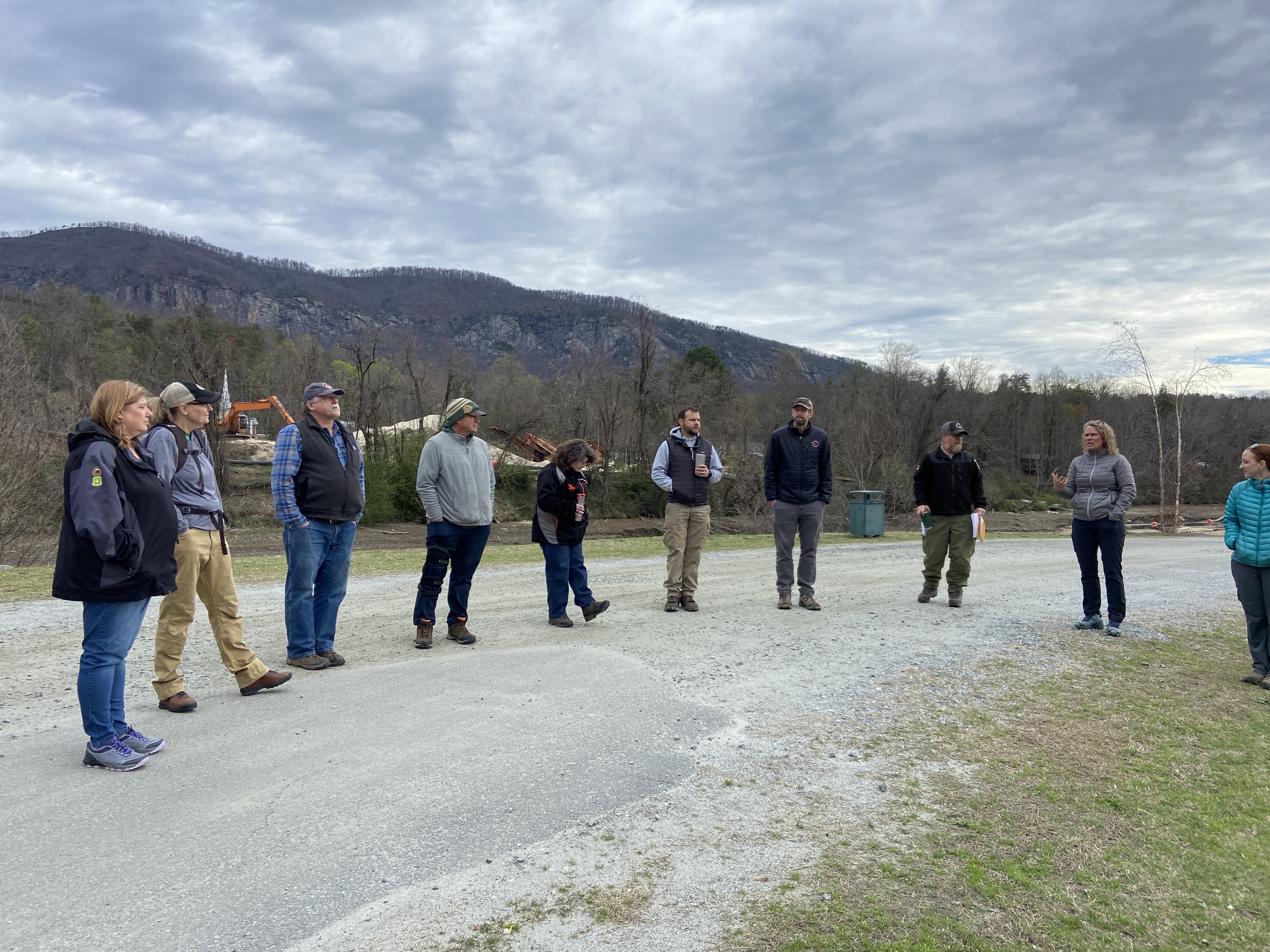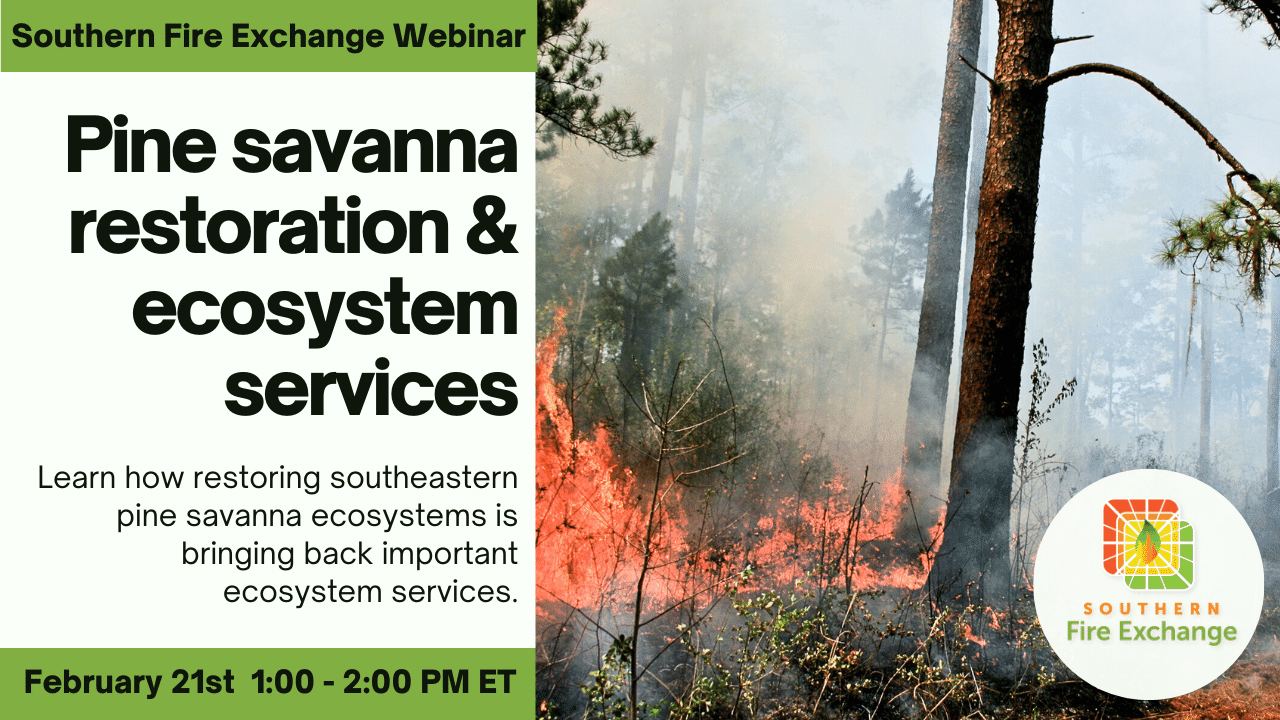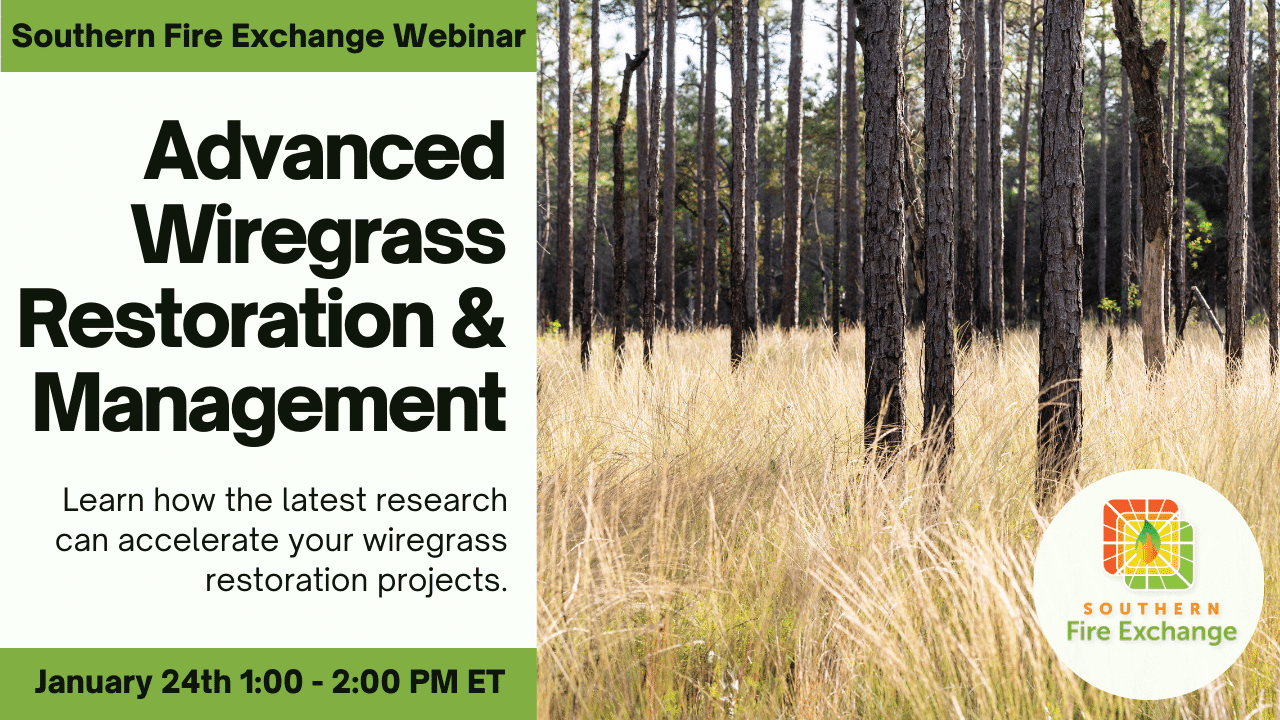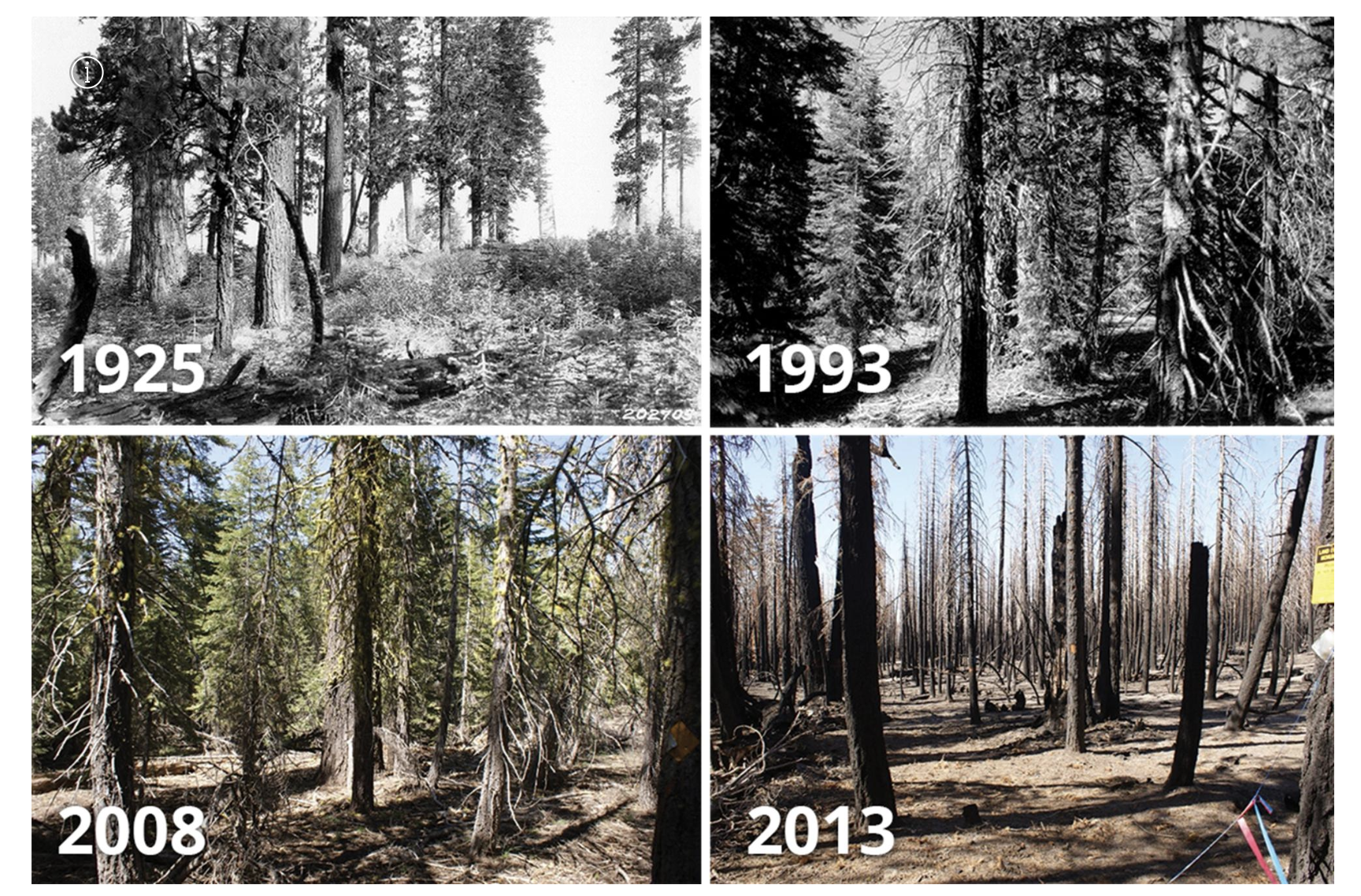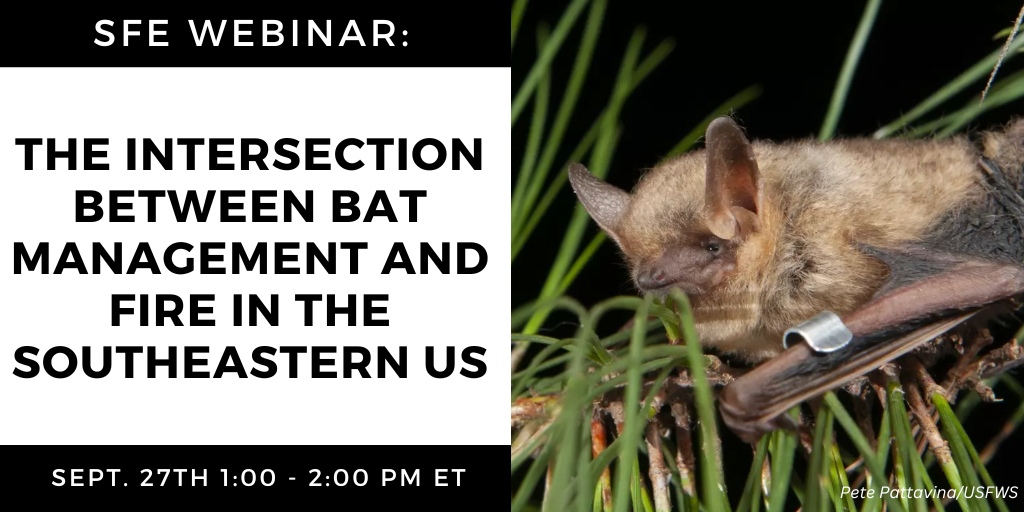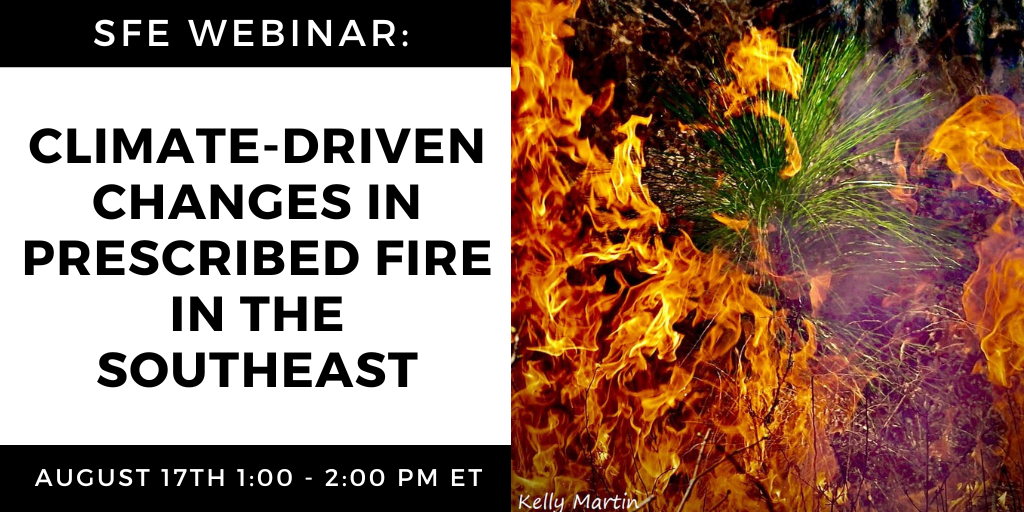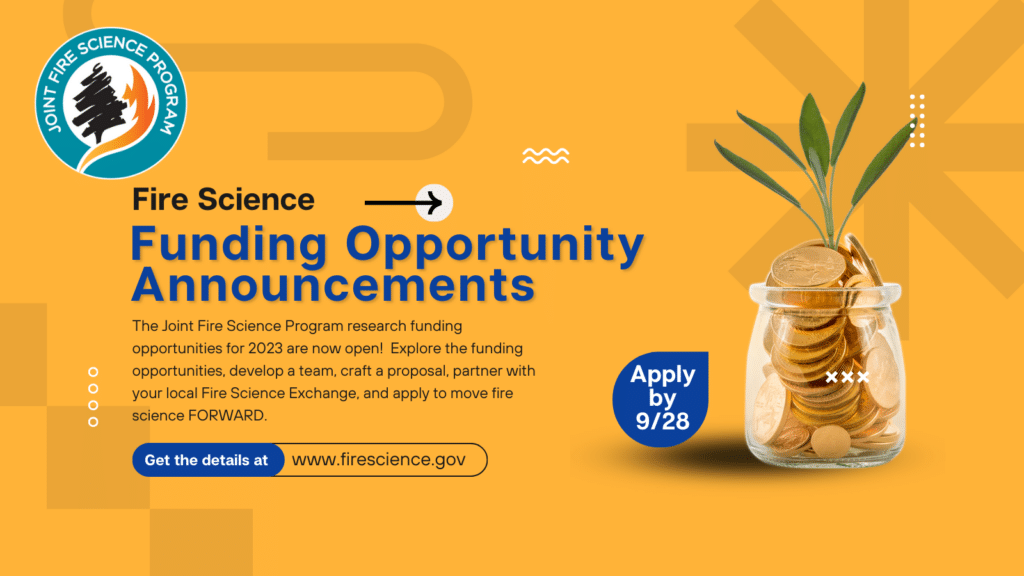5:00 PM ET April 30, 2024
Hosted by the California Fire Science Exchange
Abstract: Wildfires are becoming an increasing issue, raising concern about direct infrastructure and property damage as well as indirect effects related to their emissions. In this context, a fundamental understanding of the burning processes of wildland fuels is crucial for the modeling and prediction of both fire behavior as well as related emissions. Current fuel consumption parameterizations used in wildfire models usually oversimplify fuel consumption processes, such as flaming and smoldering combustion regimes, and fuel properties, like fuel elements’ size and moisture content. In this seminar, a physics-based modeling framework developed to describe biomass combustion and emissions will be presented. Biomass is represented through its fundamental constituents, such as lignin, cellulose, hemicellulose, water, and extractives. A detailed reaction kinetic model is coupled with a multi-region single-particle model and is adopted to investigate the process of biomass degradation, including char oxidation. The validation of the modeling framework with experimental data from literature is performed at various scales, including thermogravimetric experiments and particle-scale experiments of pyrolysis and combustion. Additionally, preliminary results of its applicability for the construction of detailed parameterizations for large-scale wildfire applications, such as WRF-SFIRE coupled atmosphere-fire model, will be discussed.
Presenter: Chiara Saggese received her PhD in Industrial Chemistry and Chemical Engineering from Politecnico of Milan in 2015. After working as a postdoctoral fellow on experiments and kinetic modeling of real fuel combustion chemistry and emissions at Stanford University, she joined the Reaction Dynamics Group in Lawrence Livermore National Laboratory in 2019. Her research activity spans from the development of kinetic models of conventional and sustainable fuels to the kinetic modeling of pollutants formation in combustion processes. Within the current transition to a decarbonized transportation system, she is focusing on modeling soot formation from sustainable aviation fuels. Lately, her research focus has expanded to the investigation of wildland fuels combustion and emissions to inform sub-models present in large-scale wildfire applications.
